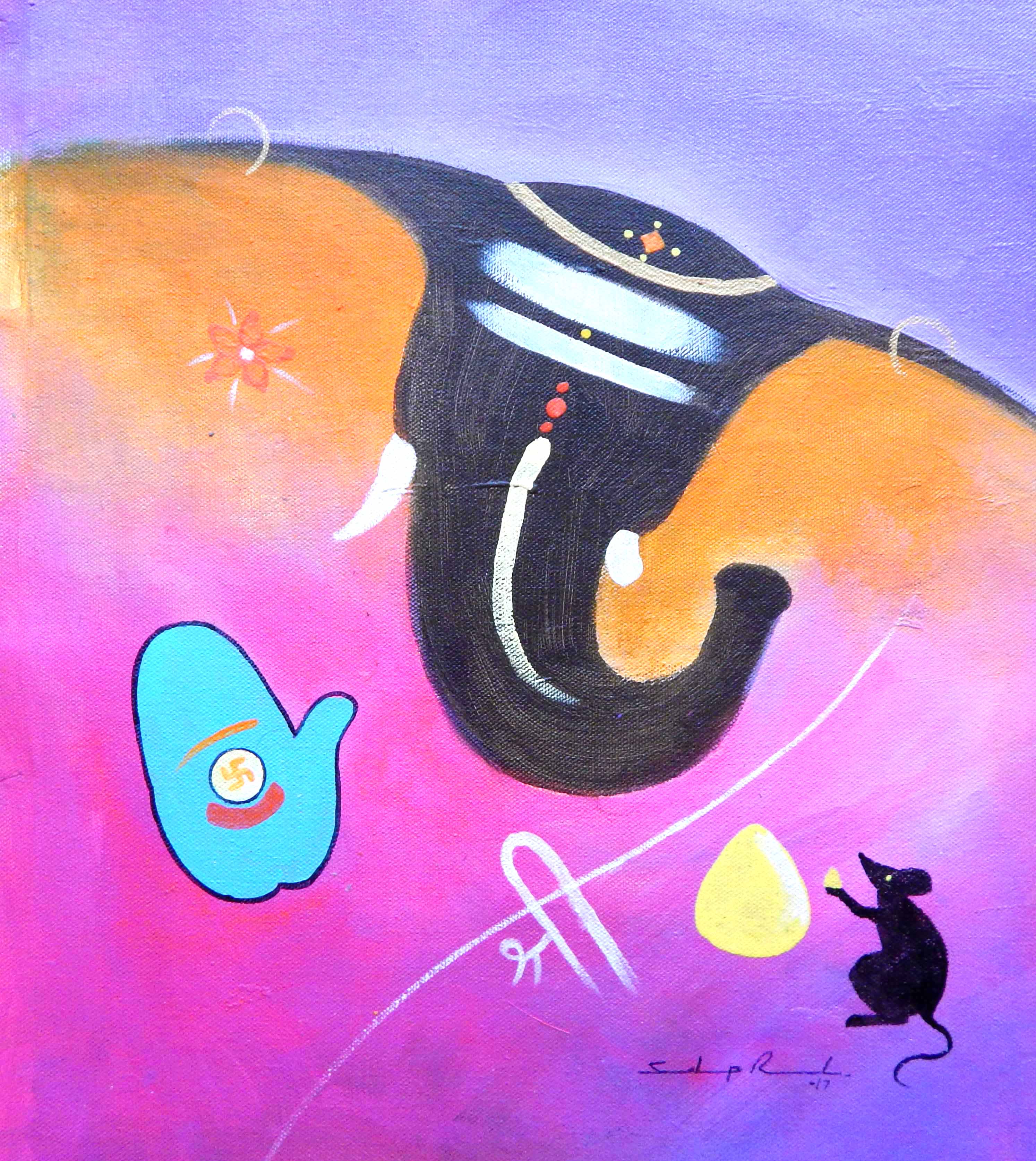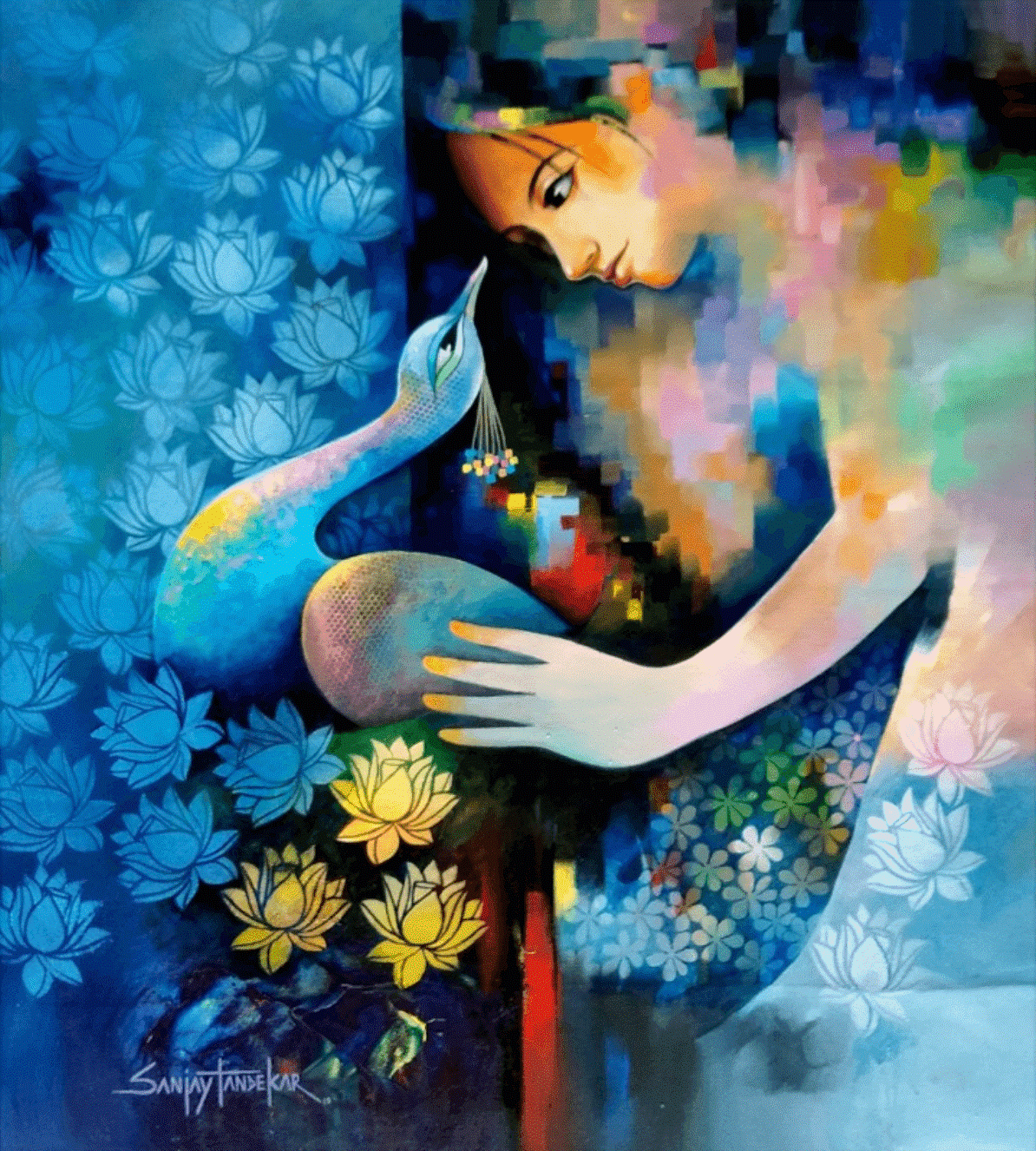Created in the late 20th century, Contemporary Art is today’s art. Infact, Contemporary art paintings use a dynamic combination of materials, themes, concepts and subjects. This makes it hard for even the most knowledgeable people in the field of art to comprehend this art style and come up with an easy definition of the same.
This particular painting style apprehends larger contextual frameworks such as personal and cultural individuality, clan, community, and nationality. Contemporary art is important because it reflects what we as humans are right now. It should be called postmodern art, because contemporary is when two or more events are closer in time to each other.
Non- specialists often confuse ‘contemporary art’ as the ‘modern art’. However, there are some characteristics of contemporary art paintings that makes it distinguishable from all other similar painting styles. To widen the horizons of knowledge of our readers, we have jotted down some major points that will help them differentiate.
Muses
There are many things from which these artists gets inspired. For common people, it would not be less than any enthrallment to look at how these artists mix technological and mechanical methods by printing and typesetting of photographs themselves.
During the advent of this painting style, the speed of the industrial age were shown majorly in the paintings and sculptures.
For making contemporary art paintings, artists get ideas even from the instinctive and imaginative, children’s art.
Messages
The messages that these paintings have are both spiritual and political. Whatever a particular painting of an artist reflects depends on the mind and mood of the artist at that time. Otto Dix and Wassily Kandinsky have used this art style for contrary purposes. One used it to criticize the German government policies and the other as a means of giving life to spiritual characters.
Artists
The most prominent artists who marked the beginning of this Contemporary art style are Pablo Picasso, Jackson Pollock, Paul Klee, and Henri Matisse.
While Pollock developed his own technique of throwing the colors on the canvas, Henri and Paul were influenced by the children’s imaginations and Pablo with the minimalist observations to Show the reality behind the masked Africans.
Furthermore, this age was also inspired by paintings that are done by using sand.
Origin
In the name of Impressionist art, some of its features were already valued and used. Although, it was in the late 20th century, after the Second World War that contemporary art paintings and forms took over.
Contemporaneity of one sort or another does appear as an element in the paintings which served as the main ones in upholding the position of this art form in the world of art- the defense of modern painting in Ruskin 1848, the famous definition of modernité in Baudelaire 2008, in Courbet’s programmatic realism (Nochlin 1971) are part of some of the most important developments in the organization of artistic practice, such as museums, profiled in Lorente 1998.
Onset
Basically, it was only after the Second World War that contemporary art was able to get the recognition it deserved. Prior to that, it was mainly practiced in Europe. After the war, endowed artists of US like Arthur Dove, John Marin, Charles Demuth and Marsden Hartley also started experimenting with this paintings style. Futurism and Cubism were the most used elements in their contemporary pieces.
Nevertheless, the most distinct feature in the contemporary art paintings has been the presence of something fresh and completely original and unparalleled in every new work. Precisely, in this ever-changing and fast paced world, contemporary art strives to impact human life by experimenting with new ways of reaching the hearts and minds of its onlookers and appreciators.
Moreover, remarkable contemporary art paintings has drawn and rose the movements of minimalism, assemblage and modern art. The artists are known for using their artistic skills to throw some light on the global, cultural and political topics of debate like feminism, gender sensitization, gender equality, human rights and others such cast, creed and color discrimination and oppression issues.




